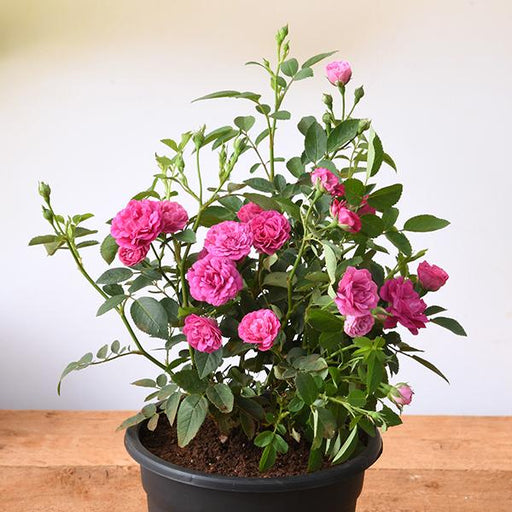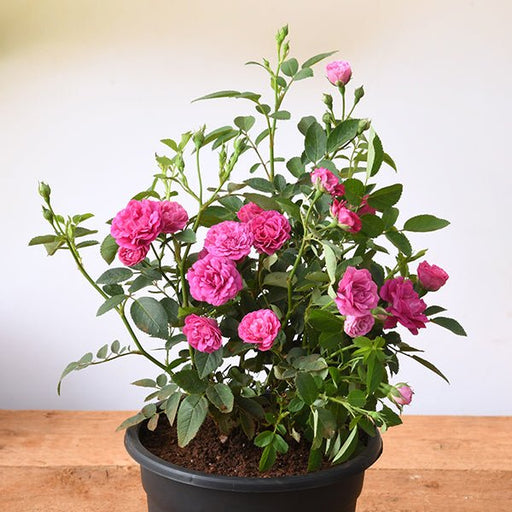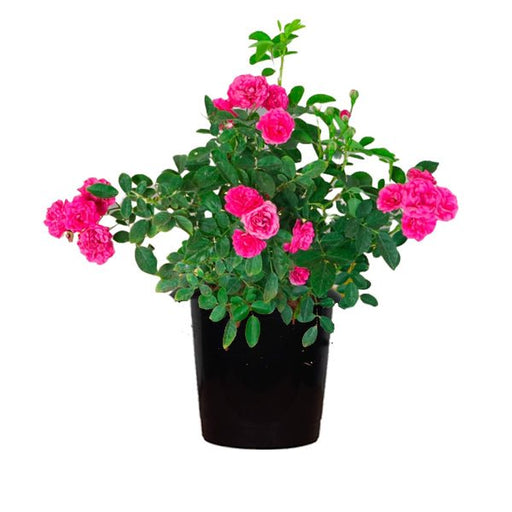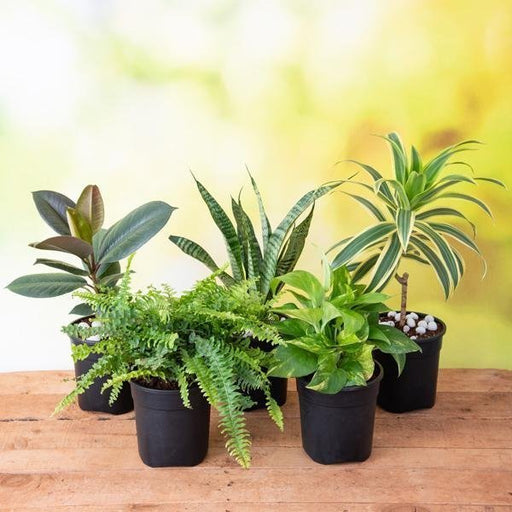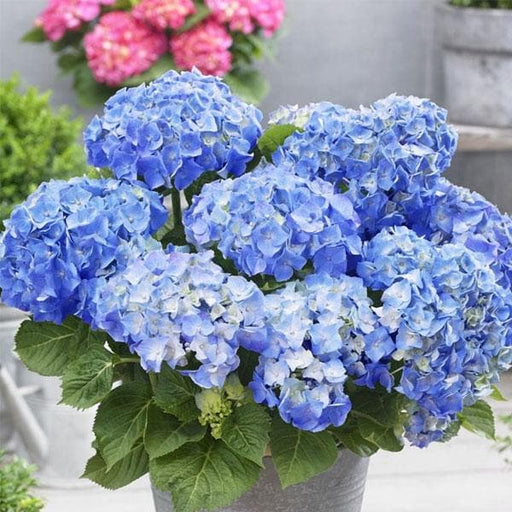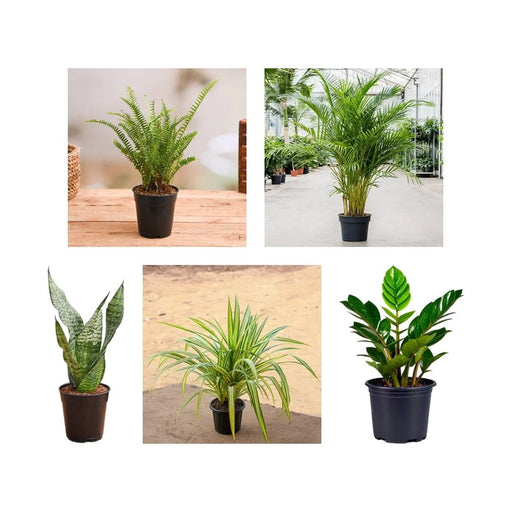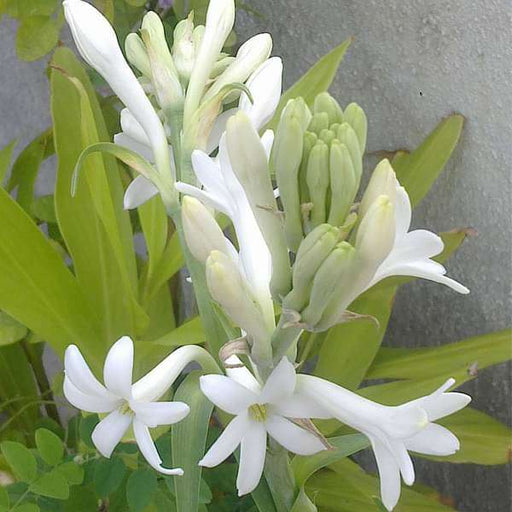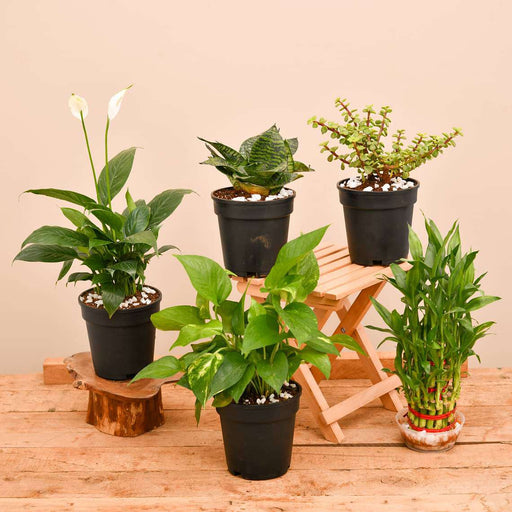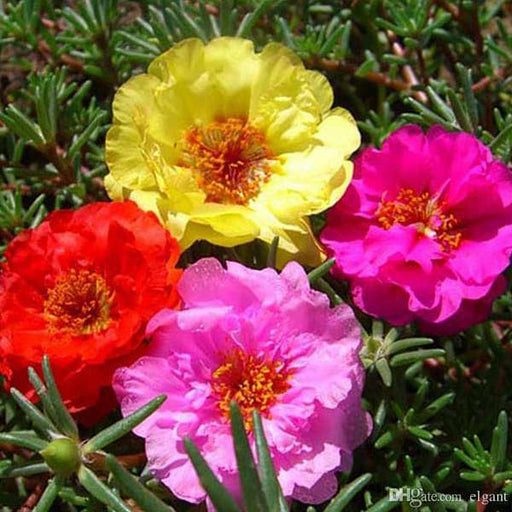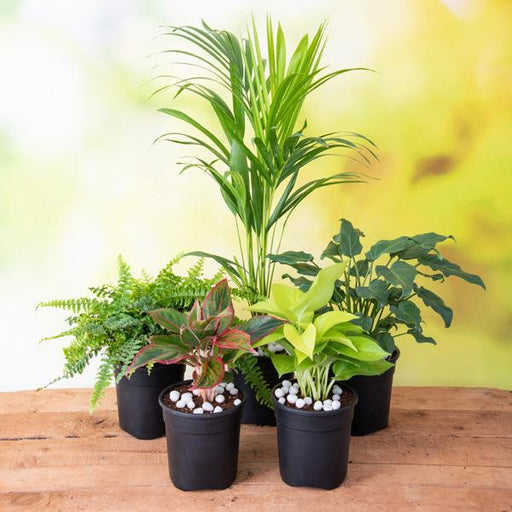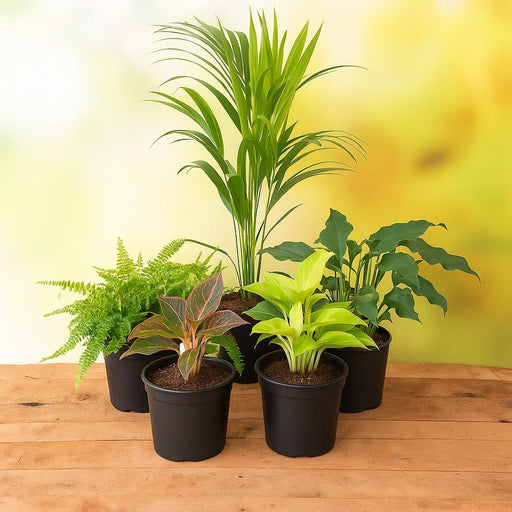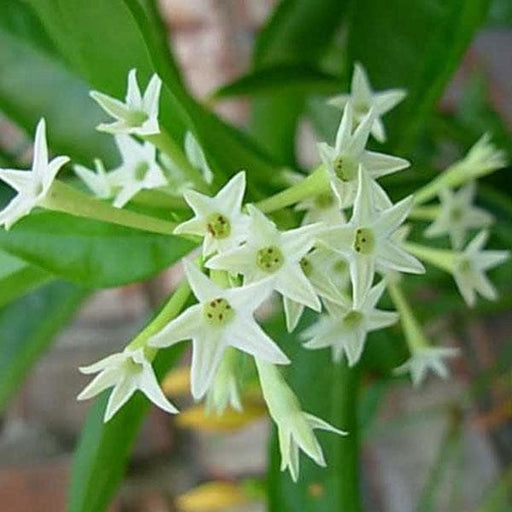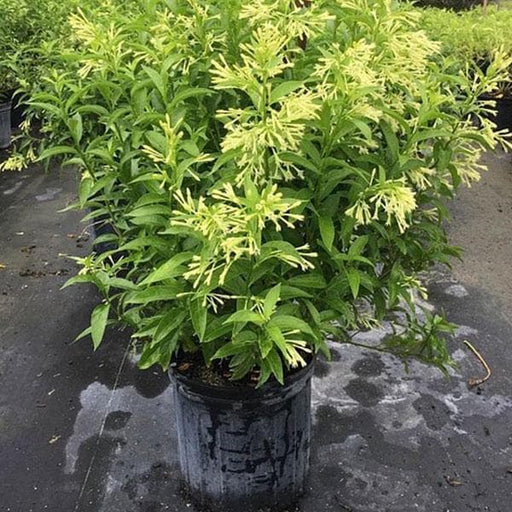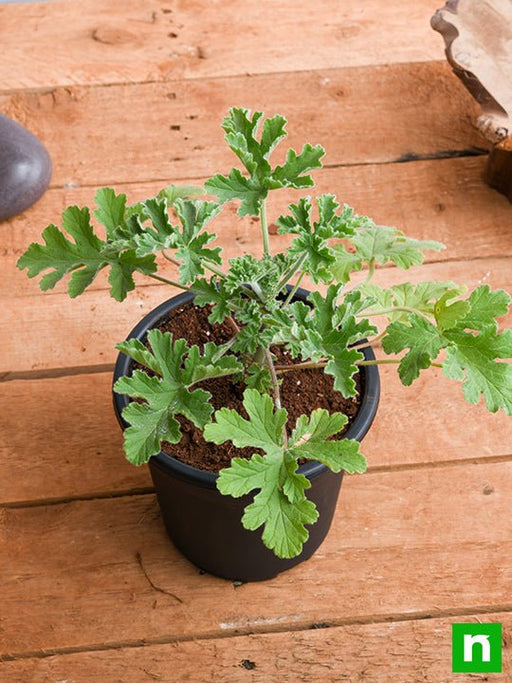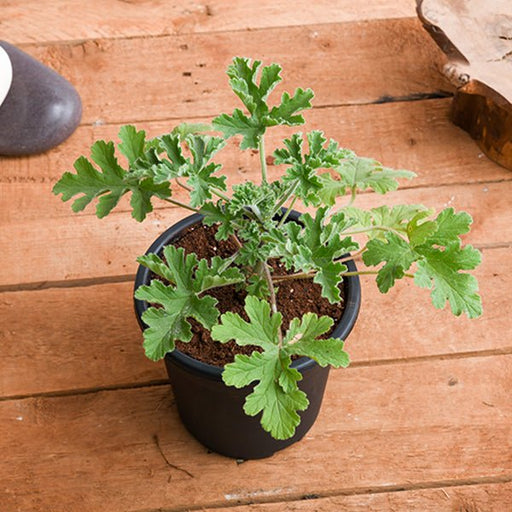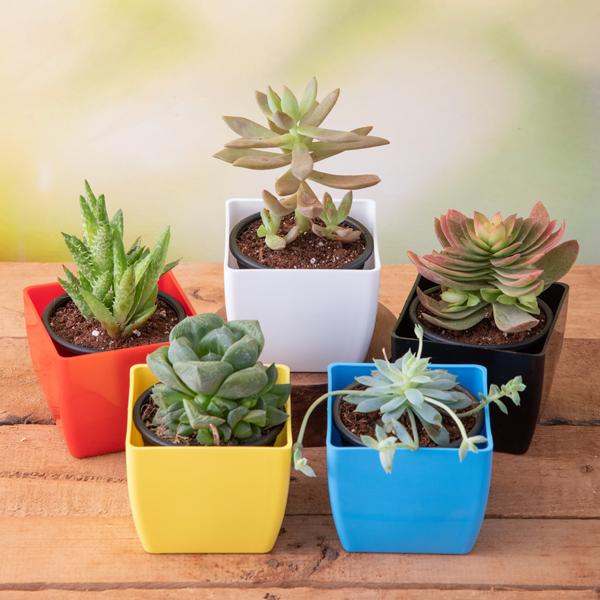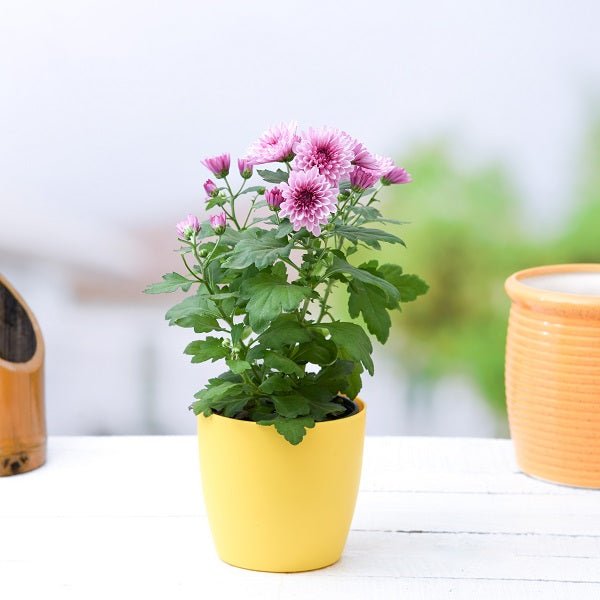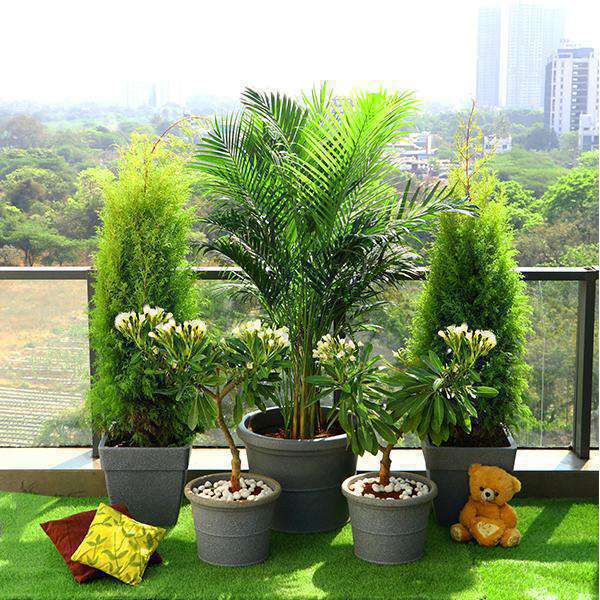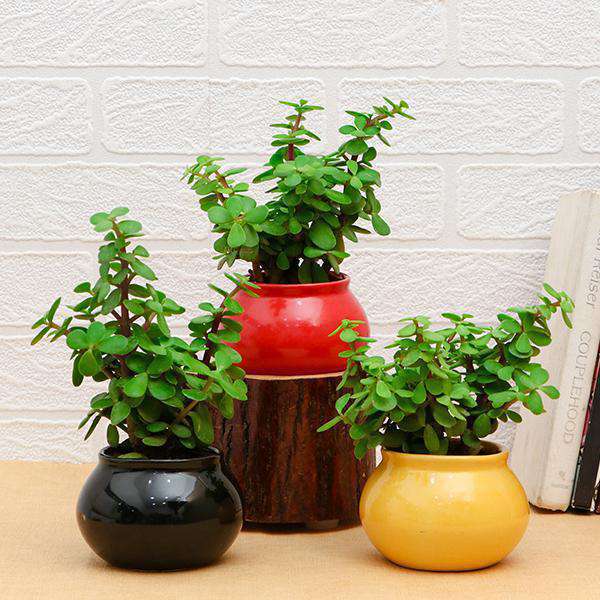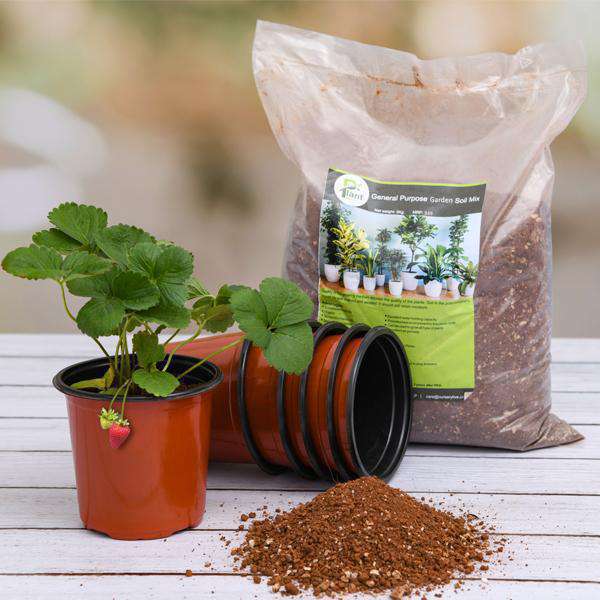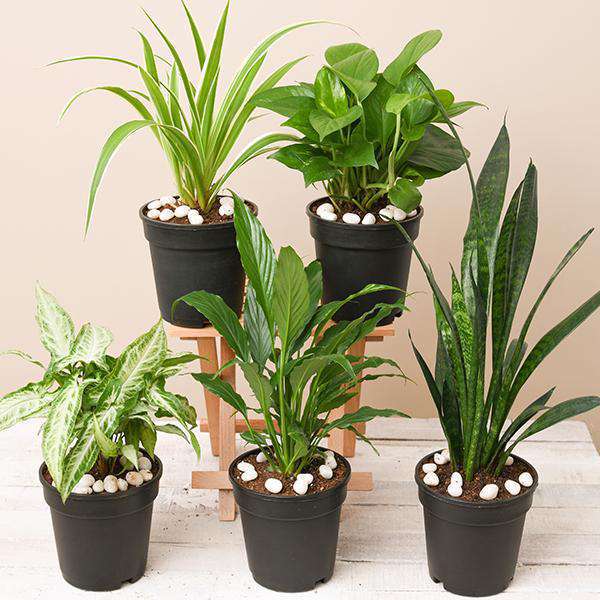Annual plants for flower beds
Annual plants are a great choice for flower beds as they provide vibrant colors and blooms for one growing season before needing to be replanted.
Perennial plants for flower beds
Perennial plants are a great choice for flower beds as they come back year after year, providing long-lasting beauty and color.
Shade-loving plants for flower beds
If your flower bed is in a shaded area, choose plants that thrive in low-light conditions, such as ferns, hostas, and impatiens.
Sun-loving plants for flower beds
If your flower bed is in a sunny area, choose plants that thrive in full sun, such as marigolds, petunias, and zinnias.
Native plants for flower beds
Using native plants in your flower bed can help support the local ecosystem and attract native pollinators, such as bees and butterflies.
Edible plants for flower beds
Incorporating edible plants into your flower bed not only adds beauty, but also provides fresh herbs and vegetables for your kitchen.
Drought-resistant plants for flower beds
Choose plants that are well-suited for hot and dry conditions, such as succulents, lavender, and yarrow, to conserve water and reduce maintenance.
Low-maintenance plants for flower beds
If you don't have a lot of time to tend to your flower bed, choose low-maintenance plants that require minimal care, such as daylilies, coneflowers, and daisies.
Fragrant plants for flower beds
Adding fragrant plants to your flower bed can add an extra sensory experience to your garden. Consider planting lavender, jasmine, or lilac.
Groundcover plants for flower beds
Groundcover plants are a great option for filling in gaps and creating a lush, full-looking flower bed. Consider using creeping thyme, ajuga, or sedum.
Tall plants for flower beds
Adding tall plants to your flower bed can add height and interest to your garden. Consider planting sunflowers, hollyhocks, or delphiniums.
Small plants for flower beds
Adding small plants to your flower bed can create a layered look and add visual interest. Consider planting pansies, violas, or dwarf irises.
Climbing plants for flower beds
Climbing plants can add a vertical element to your flower bed and create a focal point. Consider planting clematis, morning glory, or climbing roses.
Winter-blooming plants for flower beds
Adding winter-blooming plants to your flower bed can add color and interest during the colder months. Consider planting hellebores, winter jasmine, or camellias.
Spring-blooming plants for flower beds
Adding spring-blooming plants to your flower bed can add a burst of color and excitement after the winter months. Consider planting tulips, daffodils, or crocuses.
Summer-blooming plants for flower beds
Adding summer-blooming plants to your flower bed can keep your garden looking lush and colorful throughout the warmer months. Consider planting dahlias, lilies, or phlox.
Fall-blooming plants for flower beds
Adding fall-blooming plants to your flower bed can add warmth and vibrancy to your garden as the weather begins to cool. Consider planting mums, asters, or sedum.
Bold-colored plants for flower beds
Using bold-colored plants in your flower bed can create a striking and dramatic effect. Consider planting red-hot poker, canna lilies, or black-eyed susans.
Soft-colored plants for flower beds
Using soft-colored plants in your flower bed can create a calm and peaceful atmosphere
Textured plants for flower beds
Incorporating plants with unique textures and foliage in your flower bed can add depth and interest to your garden. Consider planting ornamental grasses, ferns, or lamb's ear.


